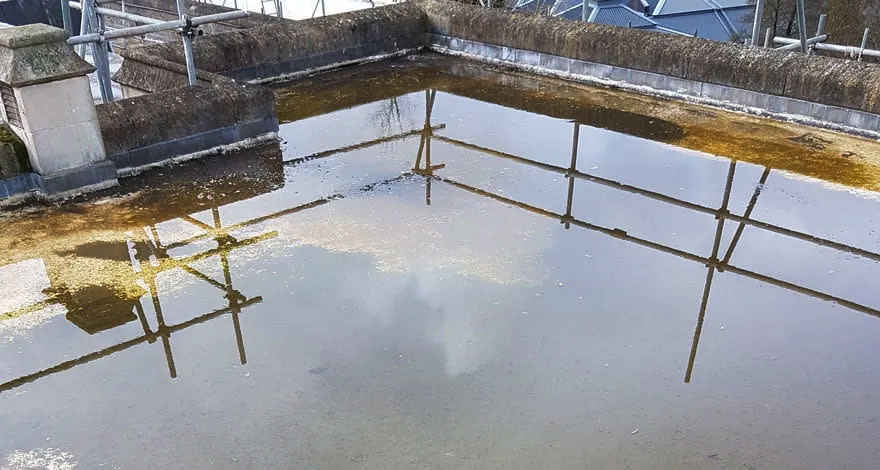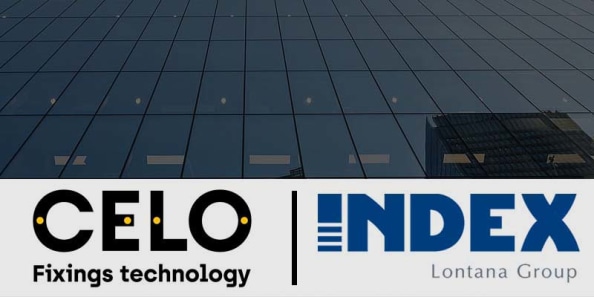Roof Warranties: Seeing the Big Picture in the Small Print
- Read time: 2 minutes
- Date: 12 Jun 2019
Dean Allen, Safe Access Executive at Fixfast, considers how taking a closer look at roof system warranties could unlock more value for building owners and managers.
On average, a commercial roof lasts 20 to 30 years. For building owners, the return on investment from this important long-term asset can vary significantly depending on how it is managed over its lifetime.
The total ROI from a roof includes life-cycle costs such as maintenance, energy performance and durability – which accounts for five times the up-front capital expenditure. So, building owners and managers should be including the roof in any ongoing strategies for minimising the total cost of ownership of the building.
But that’s not always the case. It seems, when it comes to roofs, out of sight often means out of mind. Aided, in no small part, by the warranties given by roof system manufacturers and installers…
Just as they’re intended to, these warranties are giving peace of mind to owners in terms of the upkeep required to the roof.
Responsibilities for roof management

But too many building owners, and the managers they employ, are underestimating their responsibilities for maintaining and repairing their roofs. The small print on the vast majority of roof warranties commits owners to carry out regular inspections and maintenance to their roofs. Not doing so invalidates these agreements and exposes the owner to potentially much higher costs in the event of failure of the roof system.
So what should facilities executives be doing to preserve the cover within their warranties and prolong the useful life of their roof?
Firstly, the detailed specifications of any warranties held should be checked. Most stipulate, as a minimum; annual inspections, prompt repairs if defects are found, that debris is removed on a regular basis, any coatings are periodically maintained – and that good records of all this are kept. If there’s no hard evidence that the roof has been maintained, making an irrefutable case when claiming against the warranty becomes very difficult.
A preventive and routine maintenance program enables owners to identify problems before they escalate in severity and cost. Implementing a proactive maintenance program should be seen as an opportunity to unlock the roof’s full value. Studies have shown that by carrying out planned repairs as opposed to emergency repairs, the expected life of the roof nearly doubles and maintenance costs can be halved over its lifetime.
Removing any barriers to frequent inspection would encourage adherence to warranty conditions and make maintenance easier and more cost-effective.
Adding Safe Access to the Roof
Installing permanent access equipment such as modular access ladders and rooftop guardrails is a good way to do this, as they allow in-house maintenance personnel to carry out inspections. Temporary access systems require more involved planning and greater cost, so it makes sense to consider permanent safe access provision as part of the design brief for new building work or refurbishment. In either of these instances, specialist fall protection suppliers can offer Facilities Managers useful guidance on the specific access and safety requirements of their building.
While easier access has been found to promote more frequent rooftop maintenance, there is another very good reason for building managers to take a considered approach to maintenance and access; preserving the safety of those working at height. Indeed, statistics from the Health & Safety Executive show that the average number of falls from height per year is 43,000, resulting in thousands of injuries, and sadly, dozens of fatalities.
So, as the expression goes; ‘a stitch in time saves nine’. For building owners and managers looking to maximise ROI, protect valuable warranties, and minimise lifetime costs, it is wise to take a well-planned approach to manage their roof that works over the long term.



